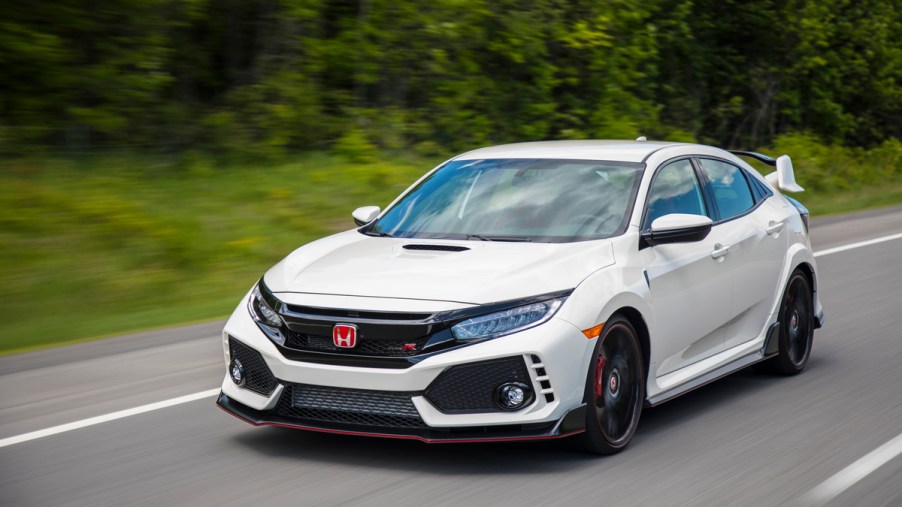
5 Downsides of a Turbocharged Engine
In the past, naturally aspirated cars used to be common, and turbocharged engines were rarer. That’s changed. Now, it’s the opposite, with downsized turbocharged engines being common and naturally aspirated engines being rarer and more sought after.
The discussion on which is better is similar to the debate regarding the difference between electric versus gasoline vehicles. It comes down to a matter of preference, but there are characteristics of each that stand out. Check out the Engineering Explained video below for a great explanation of a few downsides of turbocharged engines.
The downsides of a turbocharged engine
This type of engine uses forced induction to increase the efficiency and power output of the engine by forcing extra air into the combustion chamber. Because the compressor can force more air into the combustion chamber than an engine using atmospheric pressure alone, it also can send more fuel into the engine, giving it more potential power. However, there are reasons not to buy into the currently revved-up interest in the turbocharged engine.
Throttle response
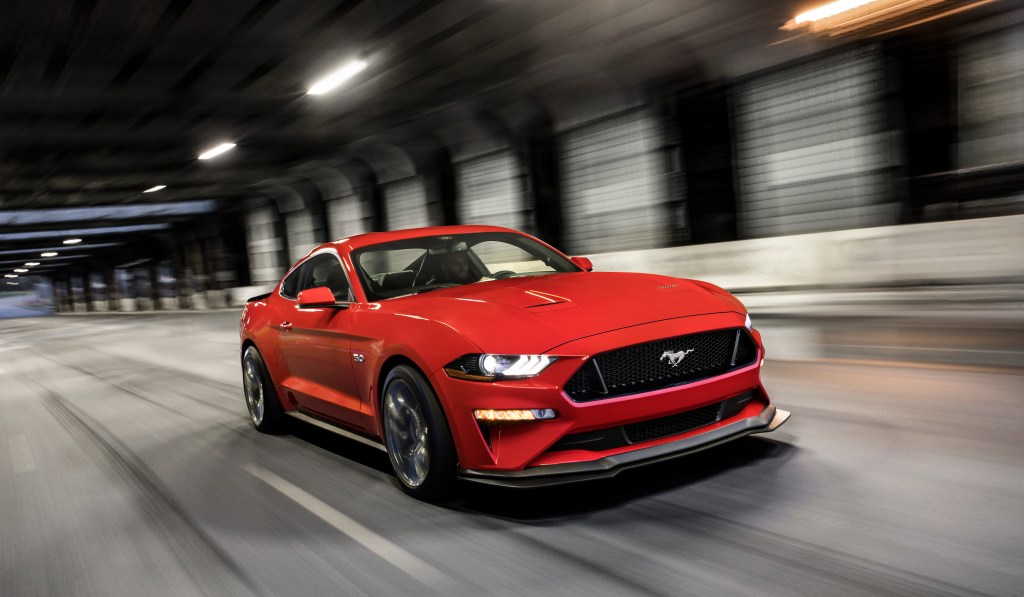
Throttle response is a measure of vehicle responsiveness, which looks at how fast an engine can increase its power output in response to the driver’s request for acceleration. With a turbo engine, you’re waiting for it to spool up to produce torque, or power, to the engine. The more torque an engine produces, the harder the car will work. In some vehicles, at 50% throttle, you’re capable of full boost, which makes the pedal pointless because you’re at full boost and can’t modulate, or adjust, the torque.
The ideal throttle response would be a linear position, but with a turbocharged car, you’re waiting for the boost and have periods of no added torque. You’ve got turbo lag. Since you don’t wait for the brakes or the steering to respond, why would you wait for the throttle response? While some people may think it’s cool to have a lag and get the ‘bam!’ of the boost, a delay is never a good thing.
Torque Curve
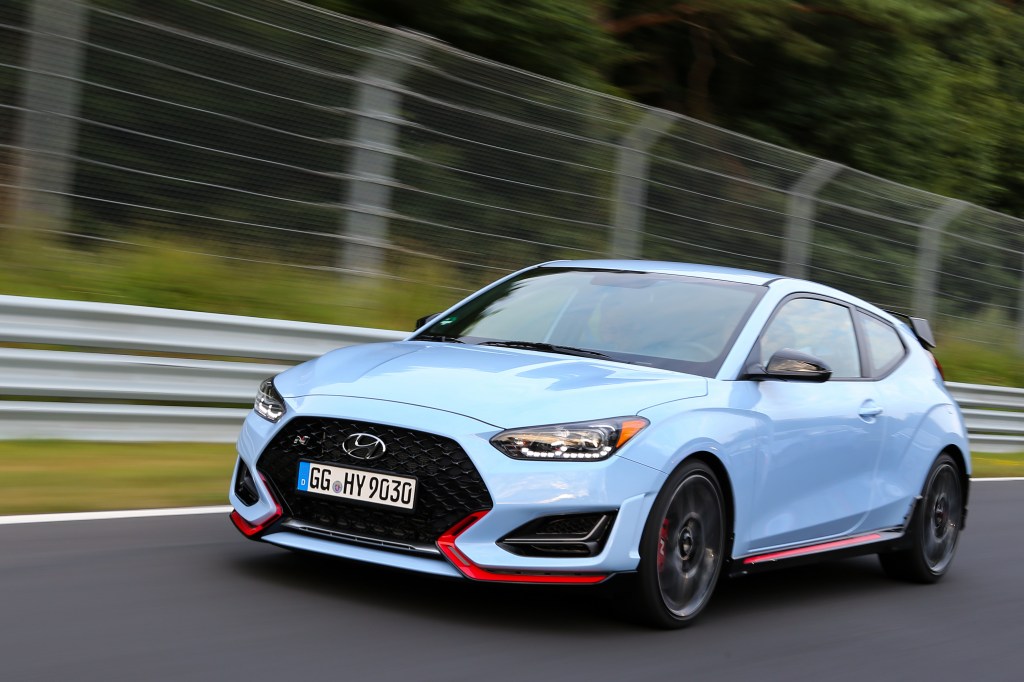
While the torque curve is better now in modern turbocharged cars, and you still get a flat peak on the torque curve where the power lasts, the portion before and after the peak isn’t good. For example, it’s like having a 2.5-liter engine, then during the peak having a 5-liter, and then dropping to a 2.5-liter again.
It’s not consistent, unlike a naturally aspirated mill. Furthermore, even though turbocharged engines are better engineered today, you often have to choose between a small turbo with better response time or a big turbo with more power. Typically, the torque will die off the higher the rpm, creating a waiting period for the boost.
Reliability vs. cost
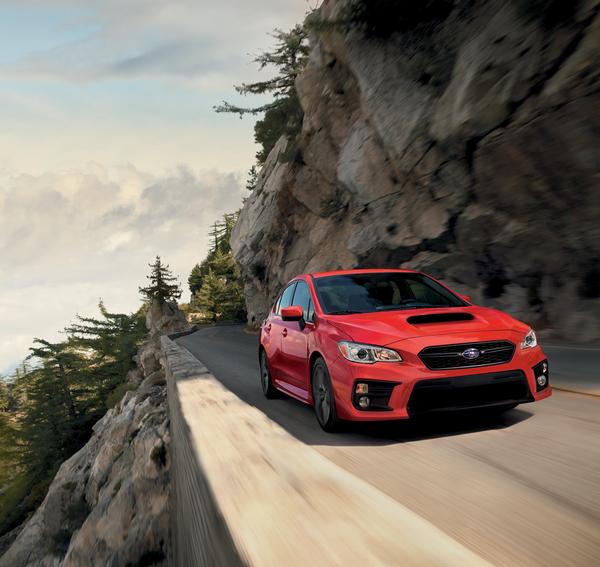
Turbo engines take more money to create them more reliably. Naturally aspirated engines can get away with less because the internal pressure that is created is less. For example, 15 pounds per square inch (psi) is twice the air in each cylinder, so the pressure and temperature are higher. The psi goes up from naturally aspirated to turbocharged to diesel turbocharged, which is why diesel turbo engines are so expensive. They have to be built more robustly to sustain the pressure.
Heat is also a factor. With turbo engines, the oil is exposed to higher temperatures within the cylinders, and the engine gets hotter. It’s cooled with oil, so the oil is exposed to high heat and cooks. Oil has a difficult time taking care of turbo engines because of the demands put on the oil. These are just a few things that make a car reliable, but they matter when it comes to turbocharged cars.
Fuel efficiency
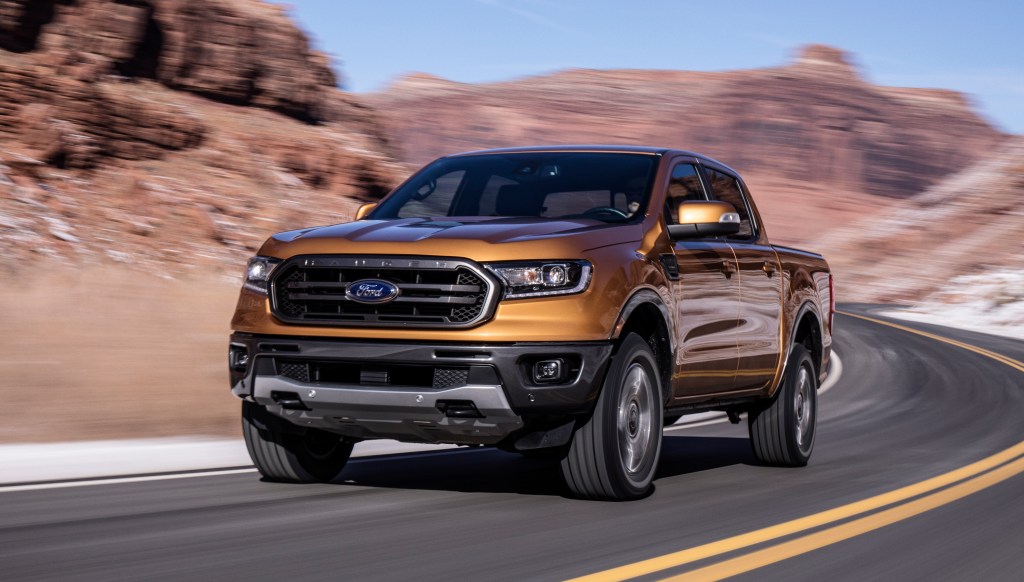
To combat fuel efficiency, downsized turbocharged engines have become the new norm. Smaller engines use less fuel, but being turbocharged adds pressure, which can lead to higher temps and engine knock, damaging the engine. To avoid this, you have to have a lower compression ratio. Thermal efficiency and compression ratio are directly correlated.
To reduce the temperature, you have to dump more fuel to protect the engine with a higher fuel-to-air ratio, and your fuel economy goes out the window. So when you ask for full power, turbocharged engines aren’t as efficient because of the high fuel-to-air mixture that’s needed to protect the engine.
Sound
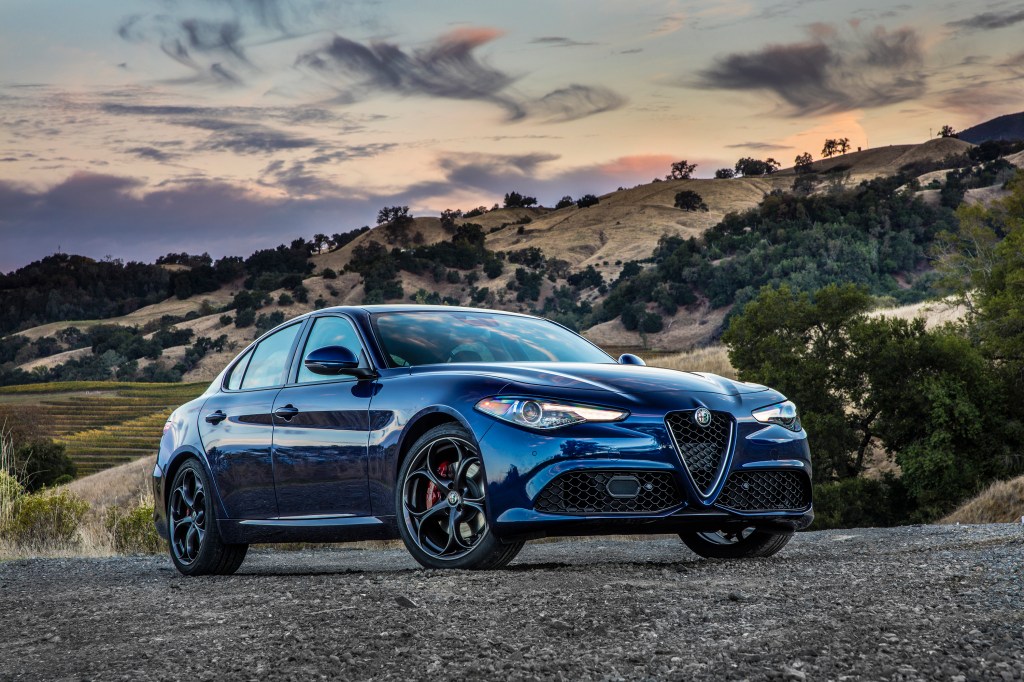
The sound quality of the engine is a subjective point but has some objective reasoning. The location of the turbo sits between the engine and the atmosphere in the form of the tailpipe. Some turbocharged applications lack the bassy soundtrack of N/A V8s or the mechanical music of a N/A flat six-cylinder mill.
Still, many fans love the sounds of an aggressively turbocharged sports car. It’s a unique soundscape compared to platforms without forced induction.
Is a Turbocharged Engine Still Worth It?
You’ll be the only one to determine which engine is right for you. That said, turbocharged engines are increasingly efficient and powerful.
What do you think about forced induction? Share your thoughts in the comments below!



